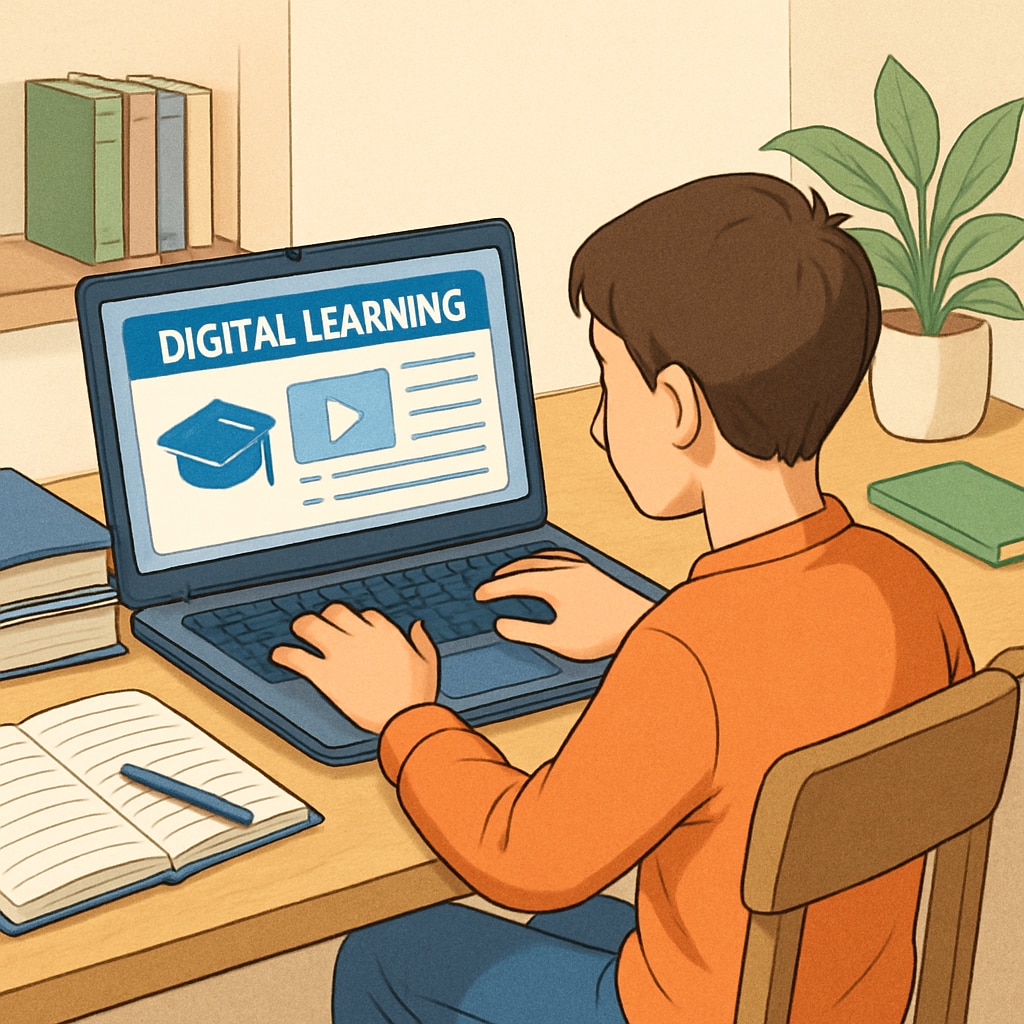Understanding education pain points, tools demand, and student-educator feedback is essential to create a more effective and efficient learning ecosystem. In the K12 education sector, challenges like time management, communication gaps, and resource allocation frequently arise, impacting both teachers and students. This article explores these pressing issues and proposes tools and strategies to address them, fostering an optimized educational environment.
Key Challenges in the Education Landscape
The education sector faces a multitude of challenges, many of which stem from systemic inefficiencies and unmet needs. Based on feedback from teachers and students, three primary pain points emerge:
- Time Management: Teachers often struggle with balancing lesson planning, grading, and administrative tasks. For students, managing academic, extracurricular, and personal commitments can be overwhelming.
- Communication Barriers: Miscommunication between teachers, students, and parents can hinder learning outcomes. Clear and timely communication is often lacking in the current system.
- Resource Allocation: Unequal access to educational materials and tools disproportionately affects students from underserved communities.

Effective Tools to Address Education Pain Points
To combat these challenges, innovative tools and strategies are essential. Below are some potential solutions tailored to the aforementioned pain points:
- Time-Management Apps: Platforms like Google Calendar and Trello can help both teachers and students organize their schedules efficiently.
- Communication Platforms: EdTech tools like ClassDojo and Remind facilitate direct and transparent communication between educators, students, and parents.
- Resource-Sharing Platforms: Open-access educational resources, such as Khan Academy and Coursera, ensure that quality learning materials are accessible to all.
Furthermore, leveraging artificial intelligence (AI) in education can streamline grading processes and personalize learning experiences, saving time and enhancing outcomes.

Feedback from the Classroom
Feedback from students and educators is invaluable in understanding what works and what doesn’t. Surveys and interviews reveal that while many teachers appreciate the advent of digital tools, they also express concerns about their learning curves and the need for better integration into existing systems. Similarly, students value interactive and engaging tools but seek more intuitive and user-friendly designs.
As a result, developers and policymakers are urged to adopt a user-centered approach when creating educational tools, ensuring that they address real-world needs effectively.
In conclusion, identifying and addressing education pain points, tools demand, and student-educator feedback are critical to fostering a more inclusive and efficient learning environment. By prioritizing time management, improving communication, and ensuring equitable resource distribution, we can empower both teachers and students to thrive in the modern classroom.
Readability guidance: Use short paragraphs and bulleted lists to summarize key points effectively. Ensure a balance of transitional phrases throughout the article to maintain flow and clarity.


